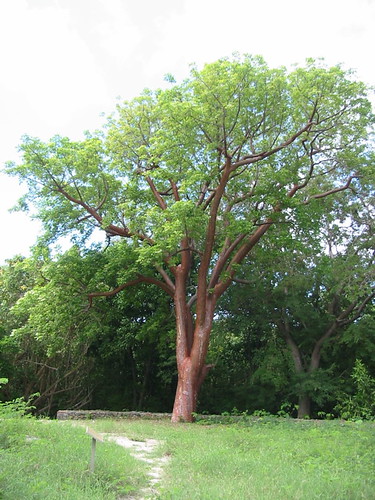
True understanding comes not from looking at, but from looking in. Science is often touted as our way of understanding the world around us. But is it really?
Science is reductionist. If a botanist wants to understand a tree, she analyzes the parts of the tree in isolation, the process of photosynthesis, the pattern, shape, and degree of root growth, the hydraulic system of water dispersal from roots to leaves. This undoubtedly leads to a great deal of understanding of how trees "work." But does this botanist really understand this particular tree? I don't think so. The reductionist, scientific approach, while powerful, is incapable of forging an understanding of the composite whole. Science "divides and conquers" wonderfully, but synthesizes poorly.
Poets, artists, writers—these people give us a real understanding of our world by creating a gateway through which we identify and merge with the artist's subject. We play our own role in this process as well. If you want to get to know a particular tree in your neighborhood, sit and look at it for a minute. Allow your eyes to roam over the tree, absorb its features. Feel the textures with your eyes. Do so with your hands too! Listen to the wind weaving through its leaves. Experience the tree, merge with it.
In the same way, Thich Nhat Hanh writes, "If we want to understand a person, we have to feel his feelings, suffer his sufferings, and enjoy his joy. The word 'comprehend' is made up of the Latin roots cum, which means 'with,' and prehendere, which means 'to grasp it or pick it up.' To comprehend something means to pick it up and be one with it. There is no other way to understand something."[1]
So analyze parts to understand how things work. But synthesize the whole, to really know.
[1] Peace is Every Step, Thich Nhat Hanh. 1992.




1 comments:
Thank you, Jonathan!
Post a Comment